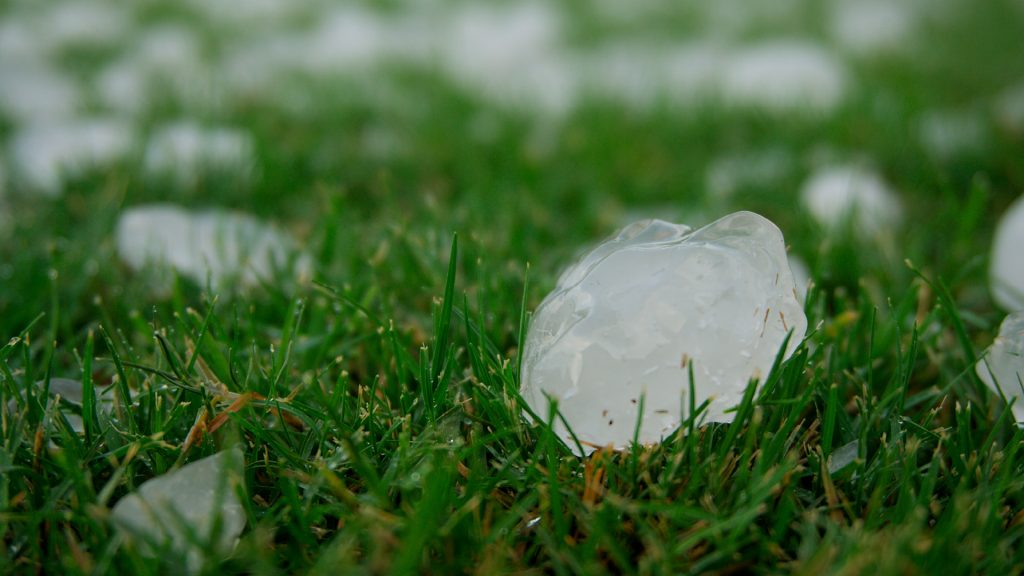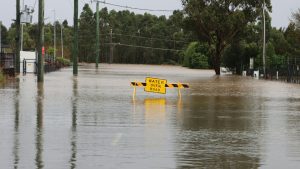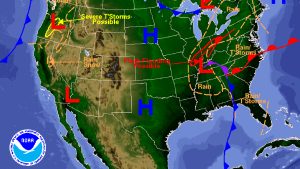Hailstorms are one of the most dramatic weather events during thunderstorms. Hailstones can range from small pellets to golf-ball-sized chunks of ice that cause damage to crops, vehicles, and buildings. But how exactly does hail form? Understanding the science behind hail can help storm chasers identify hail-producing storms and stay safe.
How Does Hail Form?
Hail forms inside strong thunderstorm clouds that have intense updrafts — powerful upward winds that carry raindrops high into the colder parts of the atmosphere. When these raindrops reach freezing temperatures, they turn into ice pellets.
The updrafts can repeatedly lift these ice pellets back up into the cold regions of the cloud, where more layers of ice accumulate. This cycle continues until the hailstone becomes too heavy for the updrafts to support, and it falls to the ground as hail.
Key Factors for Hail Formation
- Strong updrafts: Necessary to keep hailstones suspended for enough time to grow
- Supercooled water droplets: Liquid water below freezing temperature that freeze upon contact with hailstones
- Large thunderstorm clouds: Usually cumulonimbus clouds with enough vertical height for repeated ice layering
How Big Can Hailstones Get?
Hailstones can vary widely in size. Small hail is about the size of peas, but in severe storms, hailstones can grow to the size of golf balls, tennis balls, or even larger. The largest hailstone recorded in the U.S. was nearly 8 inches in diameter.
Why Is Hail Dangerous?
Hail can cause significant damage to vehicles, roofs, windows, and crops. It can also pose risks to people and animals caught outdoors during a hailstorm.
How to Stay Safe During a Hailstorm
- Seek shelter indoors immediately when hail starts falling
- Protect vehicles by parking in a garage or under cover
- Avoid driving during heavy hail to prevent accidents
- Stay away from windows to avoid injury from broken glass
Conclusion
Hail forms when strong updrafts in thunderstorms repeatedly lift ice pellets, allowing them to grow into hailstones before falling to the ground. Recognizing the conditions that produce hail can help storm chasers and the public stay prepared and safe.




